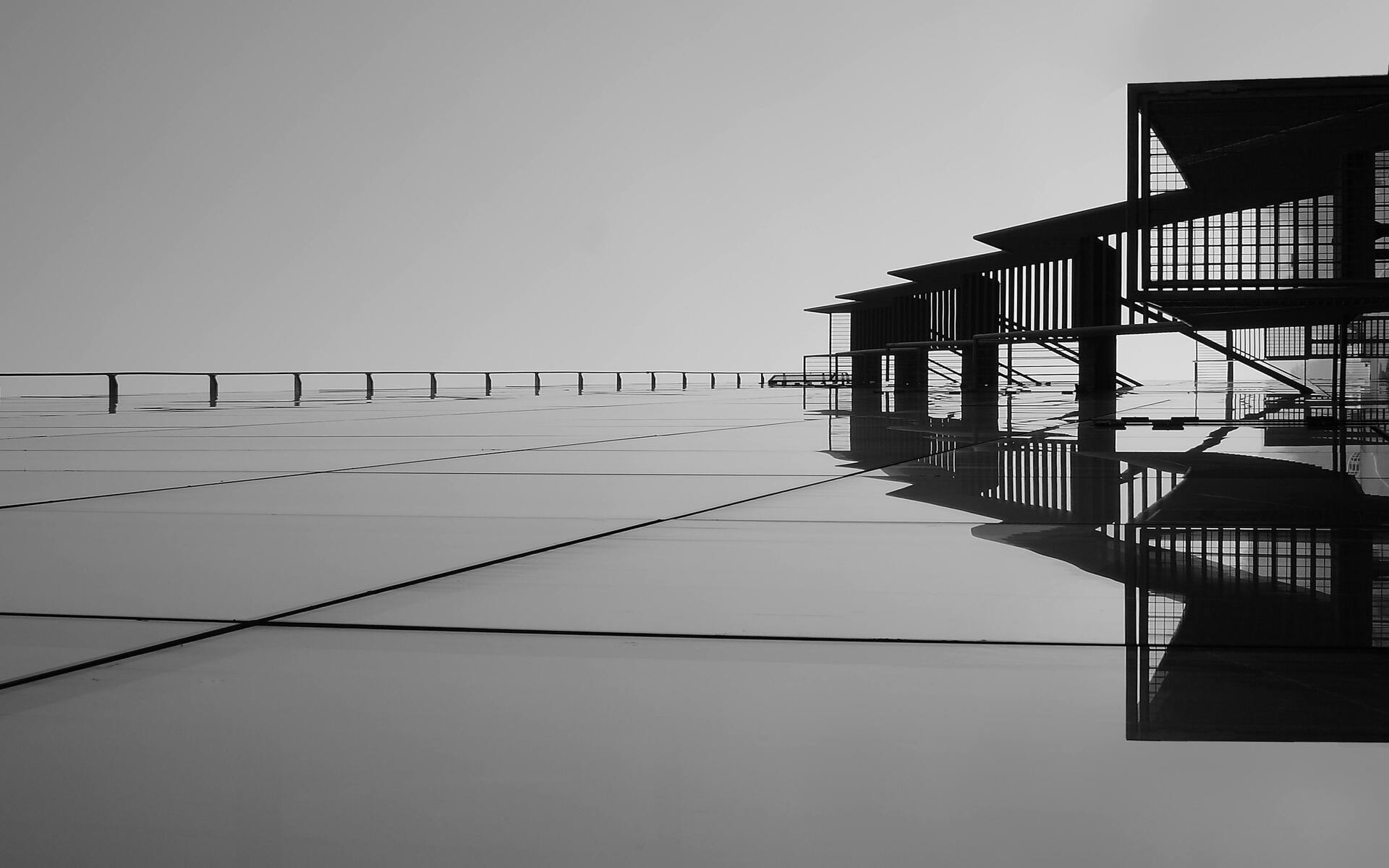
FAQ About Architectural Photography
Architectural Photography
2 years ago | gizem
What are the key elements of a successful architectural photograph?
A successful architectural photograph relies on several key elements to capture the essence, beauty, and uniqueness of a building or structure. These elements contribute to the overall impact and quality of the image. Here are the key elements of a successful architectural photograph:
- Composition: Effective composition is essential in architectural photography. Use principles like the rule of thirds, leading lines, symmetry, and framing to create a balanced and visually pleasing composition.
- Lighting: Lighting plays a crucial role in architectural photography. The quality, direction, and time of day of the light can dramatically affect the mood and appearance of a building. Ideal lighting often occurs during the golden hours, shortly after sunrise or before sunset, providing soft, warm light.
- Perspective: Correcting perspective distortion and maintaining straight lines is critical in architectural photography. Tilt-shift lenses or post-processing techniques can help achieve this, ensuring that vertical and horizontal lines remain straight and parallel.
- Framing: Consider using elements in the environment, such as trees, other buildings, or architectural features, to frame the subject and draw attention to it. This can add depth and context to the photograph.
- Scale: Including objects or people in the frame can provide a sense of scale, helping viewers understand the size and proportions of the building. This is particularly important when photographing large or imposing structures.
- Details: Highlight architectural details and unique features of the building, such as intricate facades, ornamental elements, or textures. Close-up shots can reveal the craftsmanship and character of the architecture.
- Context: Show the building's surroundings and environment to provide context and tell a more complete story. Consider wide shots that include the building within its urban or natural setting.
- Weather and Atmosphere: Different weather conditions can add drama and atmosphere to architectural photographs. Moody skies, fog, rain, or snow can create compelling backdrops or effects.
- Time of Day: The time of day can significantly impact the lighting and mood of the photograph. Experiment with shooting at different times to capture various aspects of the building's character.
- Minimal Distractions: Eliminate distractions that detract from the subject, such as clutter, construction equipment, or other visual elements that do not contribute to the composition.
- Symmetry and Patterns: Utilize symmetry and patterns within the architecture to create visually pleasing and balanced compositions.
- Color and Texture: Pay attention to color palettes and textures within the building and its surroundings. These elements can add depth and visual interest to the photograph.
- Post-Processing: Use post-processing techniques to enhance and fine-tune the image. Adjustments to contrast, color balance, and sharpness can bring out the best in architectural photos.
- Patience and Timing: Be patient and wait for the right moment, including ideal lighting conditions or the absence of people or vehicles in the frame.
- Perspective and Angle: Experiment with different angles and perspectives to find the most compelling view of the building. This may involve shooting from low angles, high vantage points, or even aerial perspectives using drones.
